The Largest Wind Farms in Texas
5 minute readDiscover how Texas dominates U.S. wind power with massive utility-scale projects.
Home > Learning Center > Energy Production > What Is Hydroelectric Power?
5 minute read • Last update March 2024
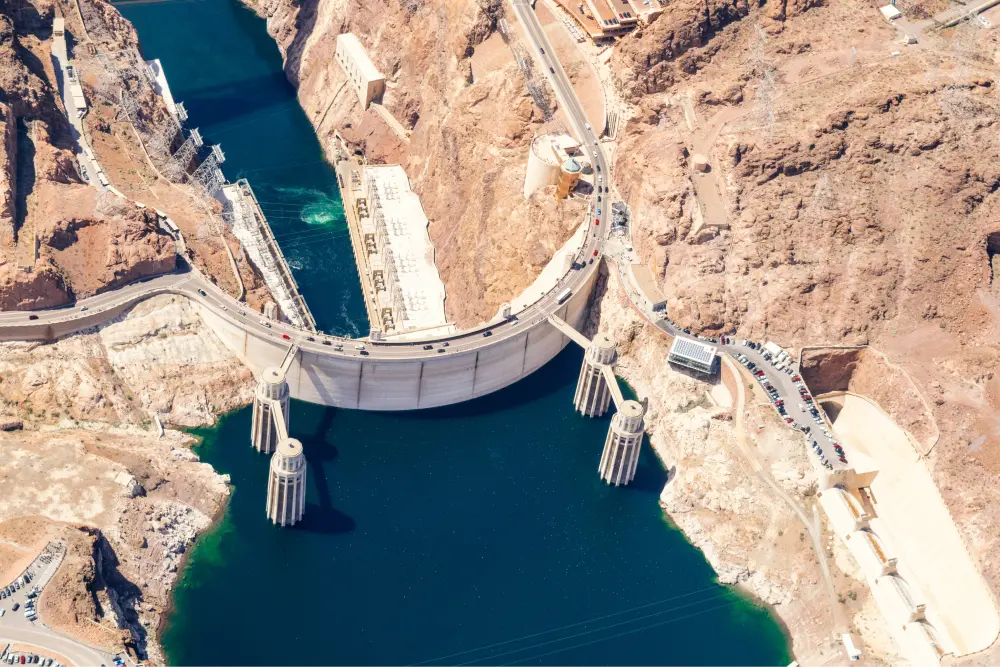
Hydroelectric power is a form of energy generated by the force of moving water. This process involves channeling water through turbines, which spin a generator to create electricity. It is one of the oldest and most mature methods of producing electricity that converts the natural flow of water into valuable energy.
As we delve into the world of water-powered energy, several key questions arise:
These questions are crucial in understanding the sustainability and viability of hydroelectric power as a solution for our energy needs. By examining these aspects, we can appreciate how hydroelectric power stands as a testament to human innovation in harnessing natural resources.
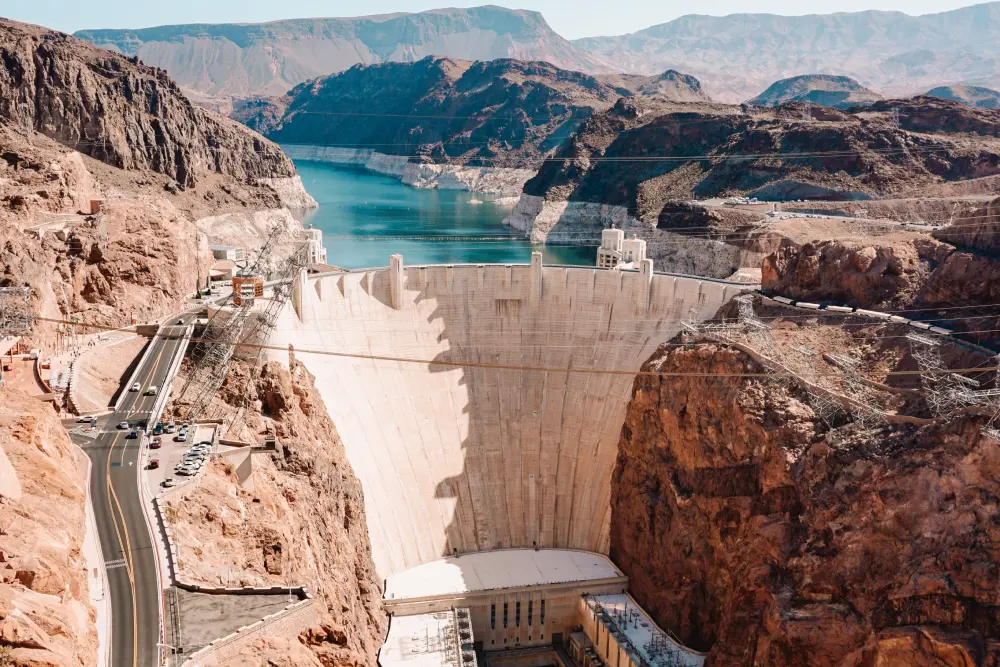
Water is the lifeblood of hydroelectric power and is considered a renewable energy source due to its natural lifecycle. It is constantly replenished by the Earth’s hydrological cycle, which includes evaporation, condensation, precipitation, and runoff. This cycle ensures a steady supply of water for hydroelectric generation, making it a reliable and sustainable form of energy.
Unlike nonrenewable energy sources that can diminish over time, such as coal or oil, water is abundant and consistently available, making hydroelectric power a sustainable choice for long-term energy production.
There are three main types of power generation using the force of water.
It begins with a reservoir of water behind a dam. When the dam gates are opened, water passes through turbines, capturing its raw power.
These turbines are connected to generators, which transform the kinetic energy of the water into mechanical energy. This is then converted into a tremendous amount of electrical energy. Hydroelectric power is a renewable source that provides electricity and showcases our ability to work with nature for sustainable energy solutions.
Tidal power is a form of renewable energy that harnesses the energy from the rise and fall of tides to generate electricity. As the gravitational forces between the Earth, Moon, and Sun, causing the rise and fall of tides, tidal turbines, similar to underwater wind turbines, spin. This generates mechanical energy that is converted into electricity by connected generators.
Wave power captures energy from the motion of ocean waves to generate electricity. Devices such as oscillating water columns, point absorbers, or attenuators are placed on or near the ocean’s surface. As waves move these devices, mechanical motion or pressure changes are converted into electrical energy through turbines or generators, providing a sustainable and renewable source of power. Despite the potential as a clean energy source, wave power technologies are still in the early stages of development and face challenges related to efficiency, durability, and environmental impact.
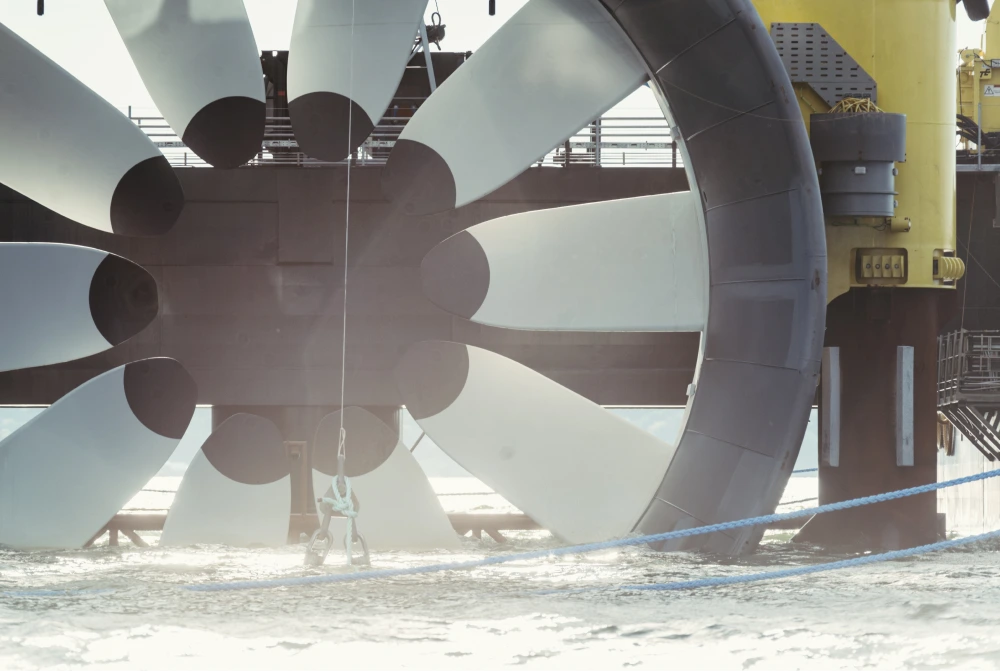
The great environmental benefit of hydropower as an energy source is that it creates electricity in a clean and controlled manner, all without the need to burn fossil fuels. This means we’re looking at a significant reduction in the release of greenhouse gases and nasty pollutants that usually come from traditional power generation. Plus, if you compare the space a hydroelectric plant occupies to, say, a wind farm or a solar field, hydro typically requires less real estate to produce a comparable amount of energy over its lifetime.
However, there are potential negative environmental impacts to the production of electricity using hydropower.
Hydropower is not just about energy generation; it brings a plethora of advantages:
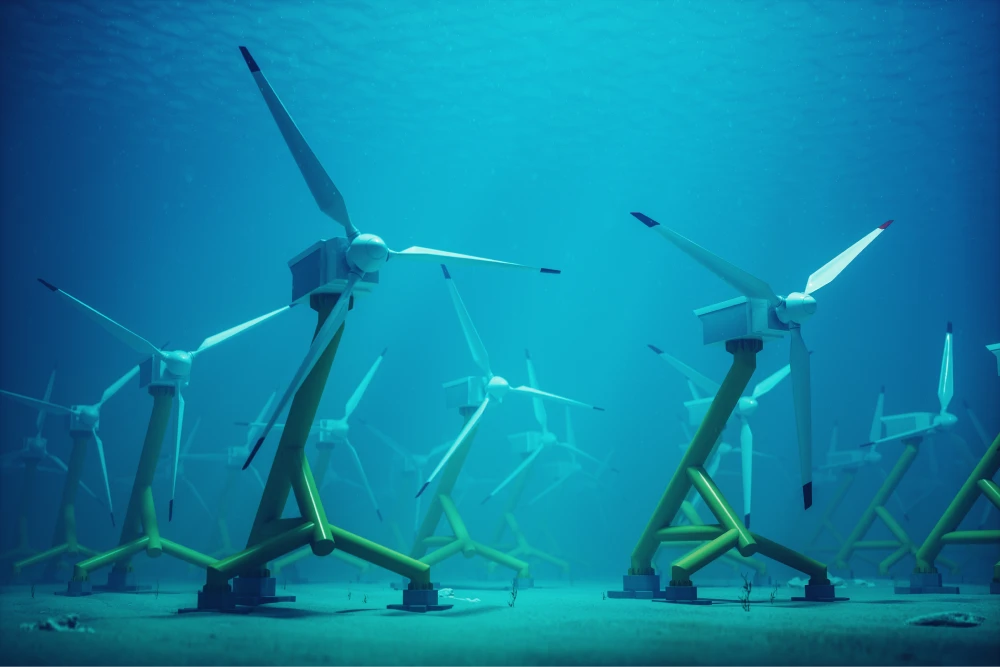
Impoundment hydropower, also known as conventional hydropower, is the most prevalent and widely used form of hydroelectric power generation. This method involves the construction of dams on rivers, which create reservoirs for storing large amounts of water.
When electricity is needed, the stored water is released through turbines, which convert the potential energy of the water into mechanical energy. This mechanical energy is then converted into electrical energy, facilitating the generation of electricity on demand. Due to its ability to respond quickly to changes in electricity demand, impoundment hydropower is considered a highly flexible and reliable source of renewable energy.
While the initial costs of hydroelectric energy facilities are high due to the need for substantial infrastructure, these costs are offset over time by the low operational and maintenance expenses. Hydroelectric power plants typically have long lifespans, which can make them economically viable and often less expensive than other power sources over their operational life.
Graham Lumley, Digital Marketing Manager at BKV Energy, leads digital and traditional marketing strategies, focusing on educating Texans about the state's deregulated energy market. With over 8 years of marketing experience, he creates content to help consumers understand and save on their energy bills, bringing a fresh and dynamic approach to the industry.
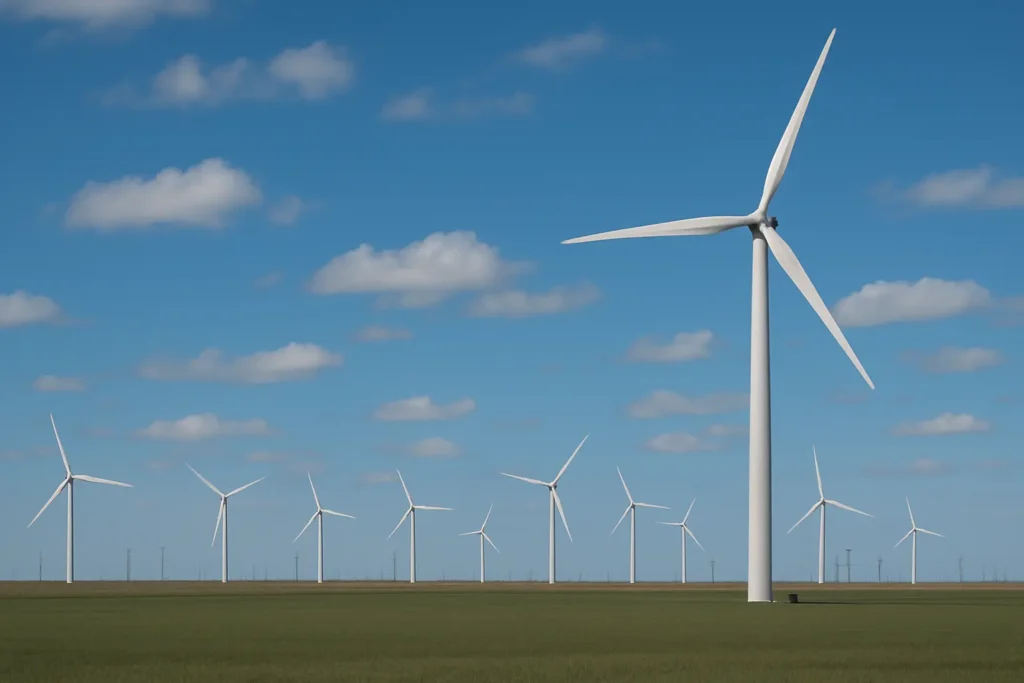
Discover how Texas dominates U.S. wind power with massive utility-scale projects.

Tidal energy is an emerging form of renewable power that harnesses the kinetic and potential energy of ocean tides to
Get $50 off your electric bill!
Use code BKVEJOINUS50
Enter your zip code to shop BKV Energy's affordable, fixed-rate Texas electricity plans. Use the promo code for $50 off your electric bill.